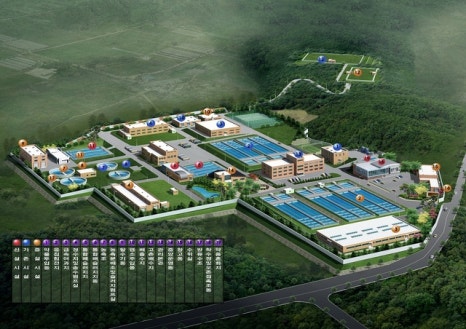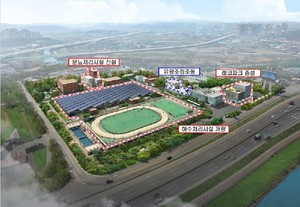Here's why water and sewer systems are vulnerable to lightning and surges:
-
Extensive network : Water and sewer systems consist of extensive pipe and electrical networks, so lightning strikes can have a wide-ranging impact.
-
Metal Materials : Many plumbing fixtures are made of metal, which conducts electricity well. If lightning strikes a metal part directly, electricity can flow into the facility.
-
High locations : Some water and sewer facilities are located at high elevations, making them more susceptible to direct lightning strikes.
-
Exposed electrical equipment : Some water and sewer facilities have electrical equipment that is exposed to the outside, which can cause surges when lightning strikes the electrical equipment.
For this reason, it is important to protect your water and sewer facilities by installing lightning protection devices and surge protection devices.
To operate surge protectors efficiently, location, inspection, and data must be monitored in real time.
-
Power Inlet : Installed at the main power inlet into a building or facility to block surges coming from outside.
-
Near critical equipment : Install near critical equipment such as pumps, motors, and control panels to prevent direct damage.
-
Inside the distribution panel : Installed inside the distribution panel to protect the distribution system.
-
Computer and communication equipment : Install near data transmission and communication equipment to prevent data damage caused by surges.
-
Regular operation status check: The life of surge protectors is limited. You need an IoT-based product that can check in real time.
-
SBB (Surge Black Box): All surge data and leakage current must be managed with the Surge Black Box, a performance-sharing product of the Korea Water Resources Corporation.




